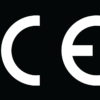Here is a guideline for disinfecting your equipment in the most feasible way.
Many of us are affected by the COVID-19 pandemic and hope to resume business as usual. Therefore, we currently abide by regulations set forth by the Canadian government regarding the operation of our business at this time. Furthermore, our operation guidelines are reinforced by current results produced by the scientific and academic community. So, the information outlined in this document and our operating procedures are changing as we learn more about the disease, and we encourage you to do the same.
To further ensure we are doing our part in helping stop the spread of COVID-19, we reviewed our own procedure for cleaning equipment and what is in the manual so far. We understand that washing equipment is not a feasible approach for a commercial setting, such as an adventure park or training organization, and aim to provide a plausible alternative.
To understand what we are dealing with in regard to the virus and how long it remains active on surfaces, we did our research and found that Harvard Health Publishing has a good explanation, which is as follows:
How long can the coronavirus that causes COVID-19 survive on surfaces?
This recent study found that the COVID-19 coronavirus can survive up to four hours on copper, up to 24 hours on cardboard, and up to two to three days on plastic and stainless steel. Researchers also found that this virus can remain as droplets in the air for up to three hours before they fall, although they will often fall more quickly.
Unfortunately, there’s a lot we still need to learn, such as how different conditions, exposure to sunlight, heat, or cold can affect these survival times.
As we learn more, be sure to continue to follow the CDC’s recommendations for cleaning frequently touched surfaces and objects every day. These include counters, tabletops, doorknobs, bathroom fixtures, toilets, phones, keyboards, tablets, and bedside tables.
If surfaces are dirty, clean them using a detergent and water before disinfecting them.
A list of products suitable for use against COVID-19 is available here. The U.S. Environmental Protection Agency (EPA) has pre-approved this list for use during the COVID-19 outbreak. [Click here to view the list.]
In addition, wash your hands for 20 seconds with soap and water after bringing in packages or after trips to the grocery store and other places where you may have come into contact with infected surfaces.
Harvard Medical School
Reading this portion, cross-contamination is possible if the equipment gets compromised and used by the next person within a few days in the worst scenario.
Also, it is essential to understand that some of the suggested cleaning products are unsuitable for our PPE.
Therefore, we hypothesized that the most reasonable solution would be the use of a UVC light (germicidal lamp). From our research, we learned that Ultraviolet germicidal irradiation is a very common treatment within water plants and is currently suggested for cleaning facemasks so they can be reused.
Looking at UVC light and reading the article from Elsevier on behalf of the AAD [click here to view the article], we determined that 1 J/cm2 (J = joule) of exposure is required to eliminate viruses and bacteria. In our case, this means we don’t need a lot of exposure or energy. This is a good thing, as we don’t recommend equipment be overexposed to UV, as we know that long-term UV (sunlight) exposure harms textile products.
However, as our webbing is treated against UV radiation, we don’t see a problem with using UVC as a solution for disinfecting your equipment as it is fast and clean, and it eliminates the potential exposure to COVID-19 by those washing the equipment. We have confirmed this with our webbing supplier.
We therefore say that a UVC light can be used. We recommend setting up an area where you can hang your equipment and remotely “zap” it for a few seconds before turning the gear around and doing it again. Of course, the distance vs. the strength of your light will be important to consider.
UVC harms the skin and eyes, so read the manual that comes with the light and be careful!
As I write this, we are in the process of buying a UVC light ourselves and will take extra steps to overexpose webbing to this method. After a variety of intervals, we will perform pull tests to see what influence the different timelines of exposure will have on our webbing.
Of course, nothing is 100% as this is a new virus, and exposing products is tricky due to the distance, shadows, etc.
Therefore, please read the attached documents for more details, study other articles, listen to your local legislators, and share any findings you make so we can reach a collective solution acceptable to the general public.
If you have any comments or questions please feel free to contact me.
Take care,
Igor Stomp, President


